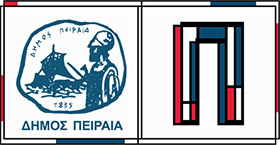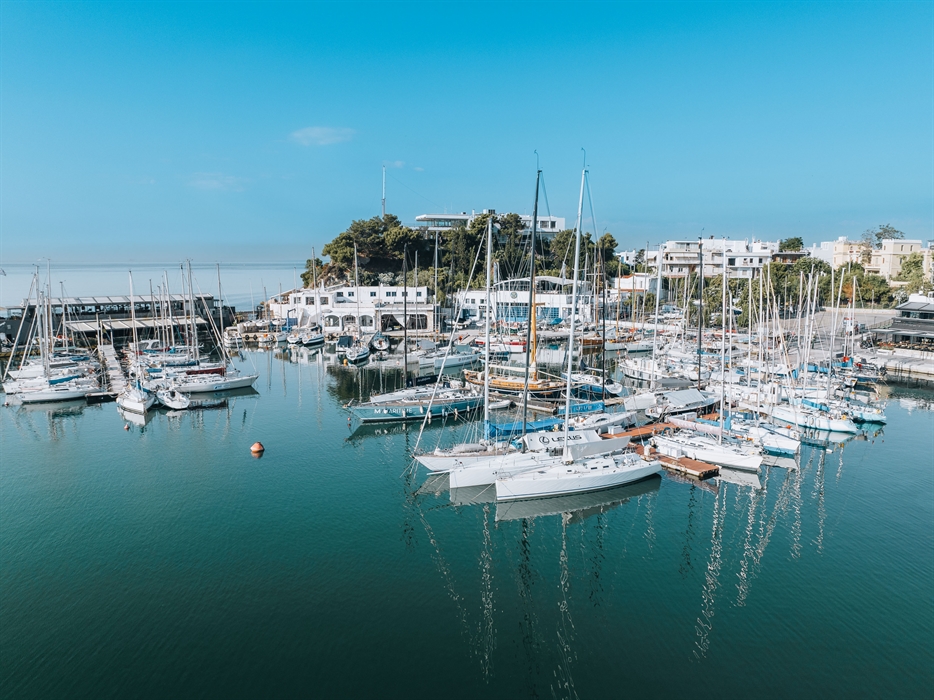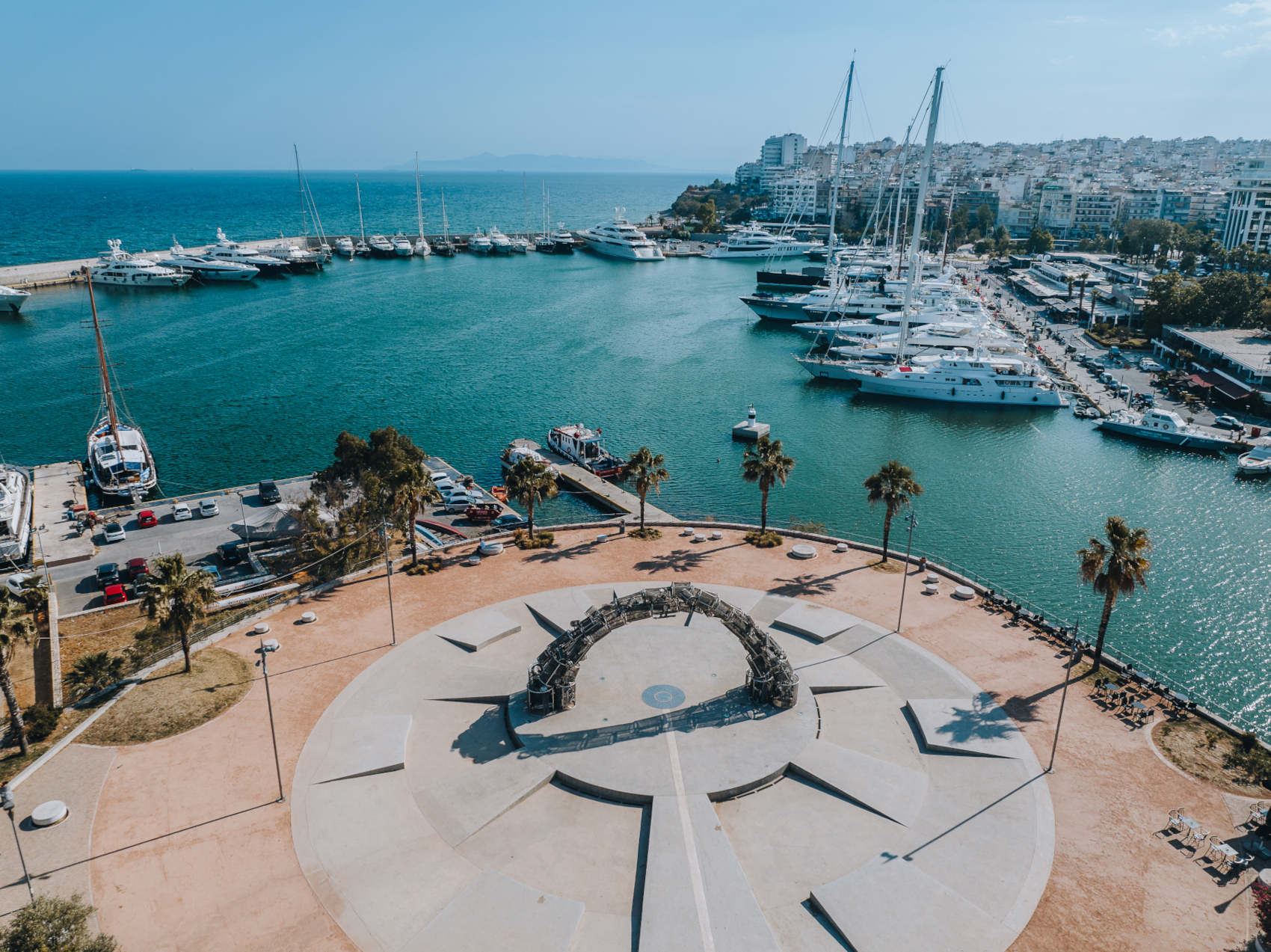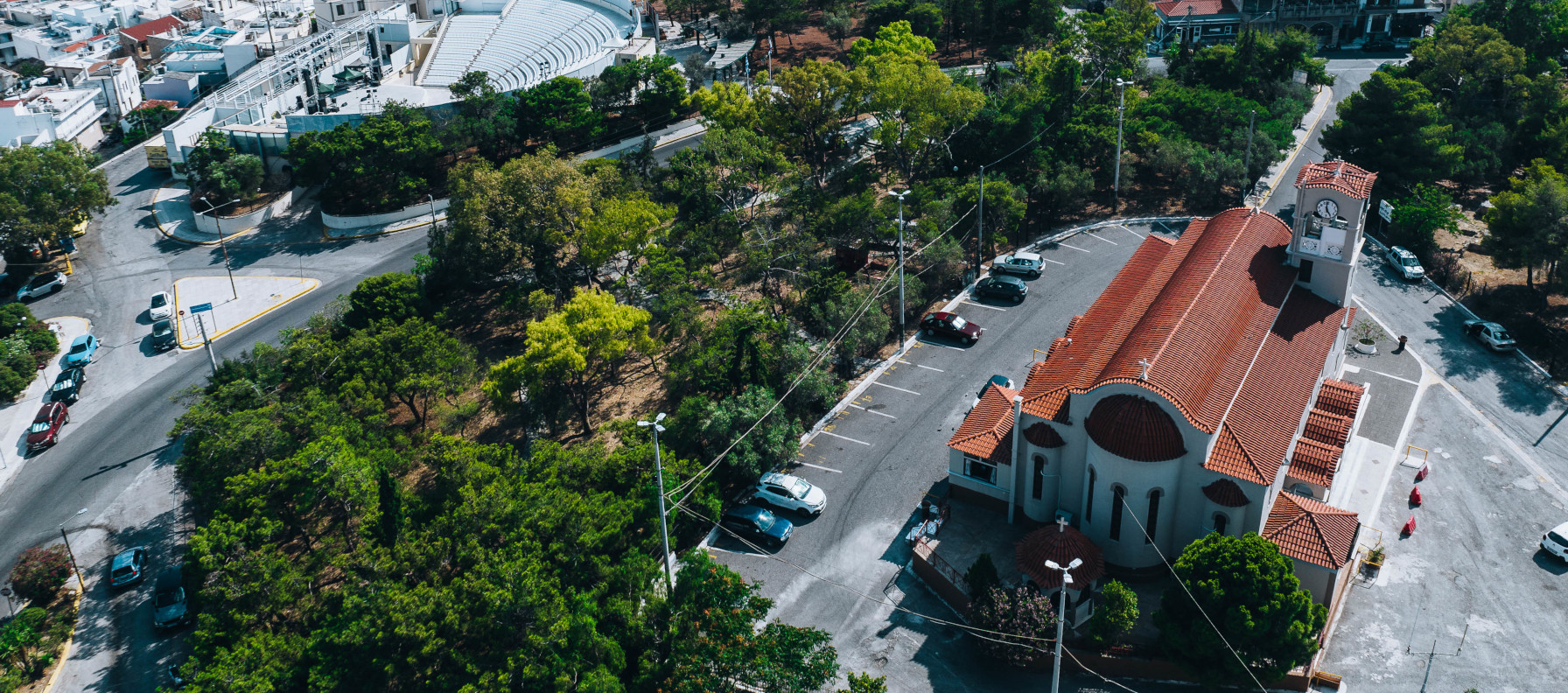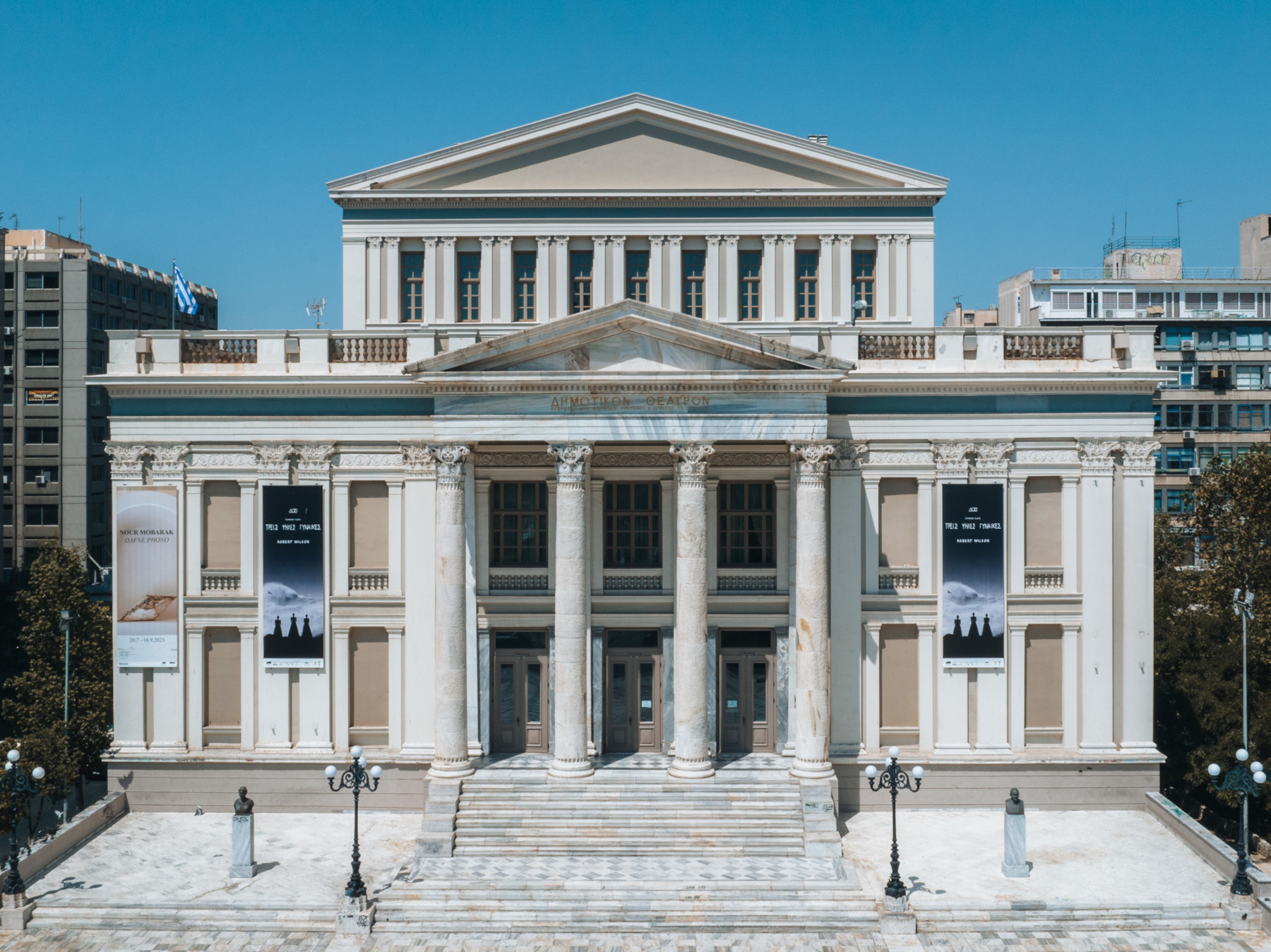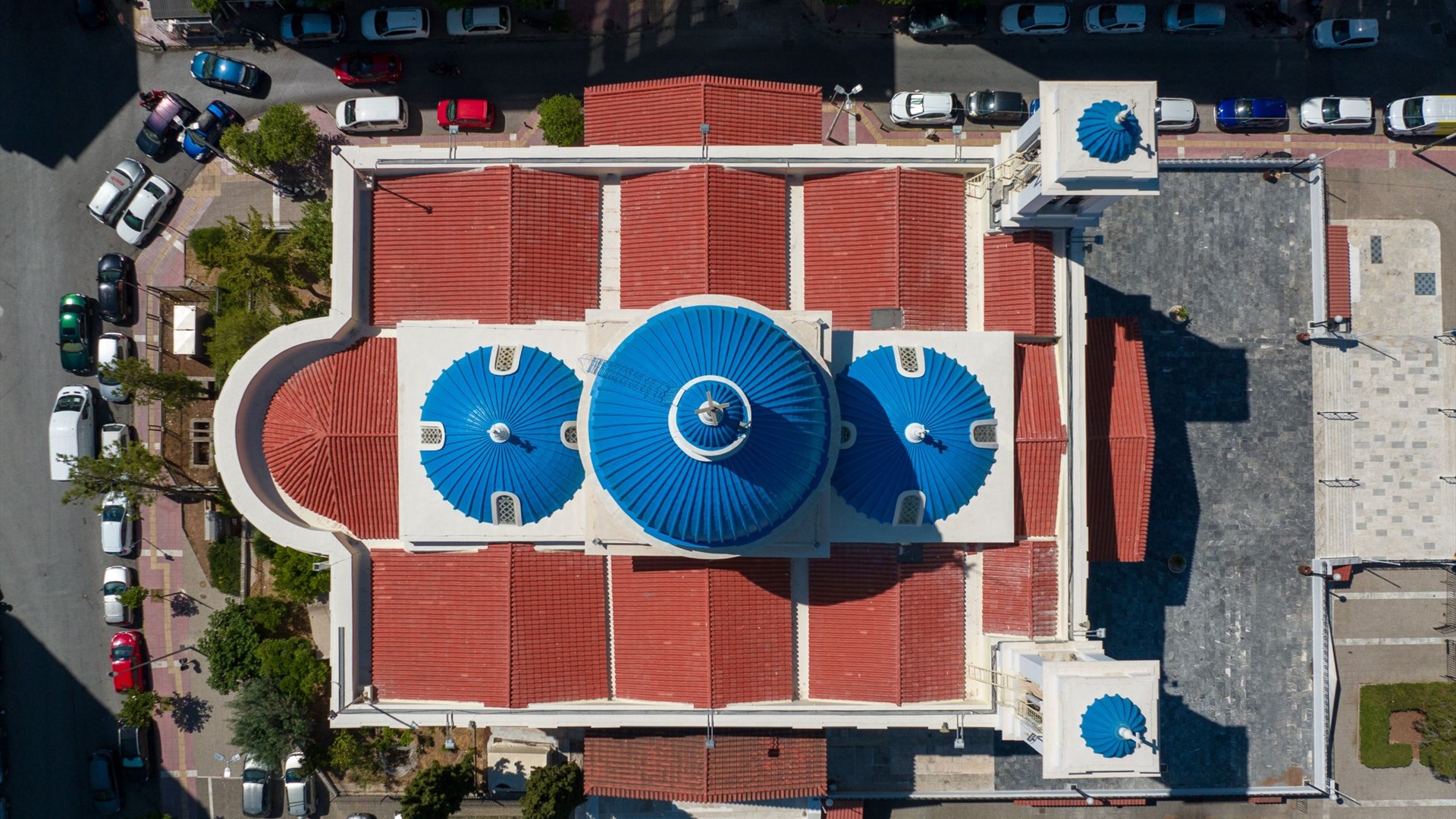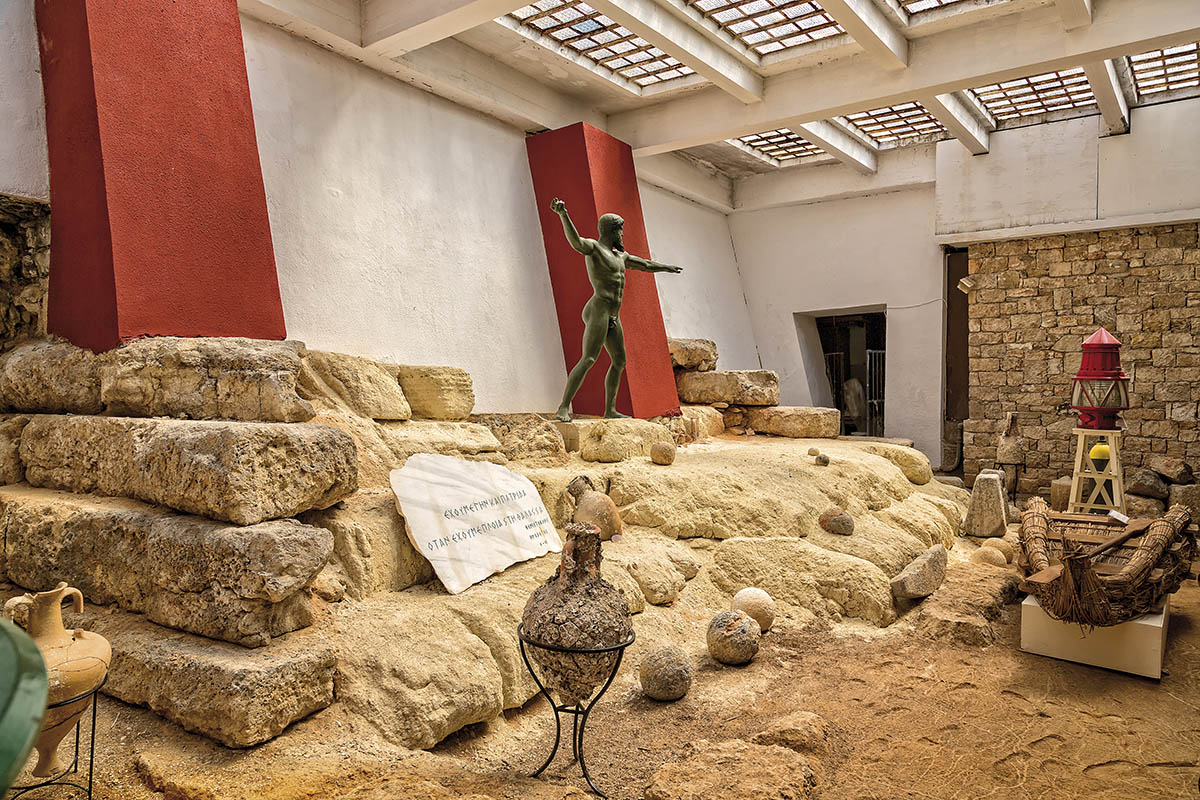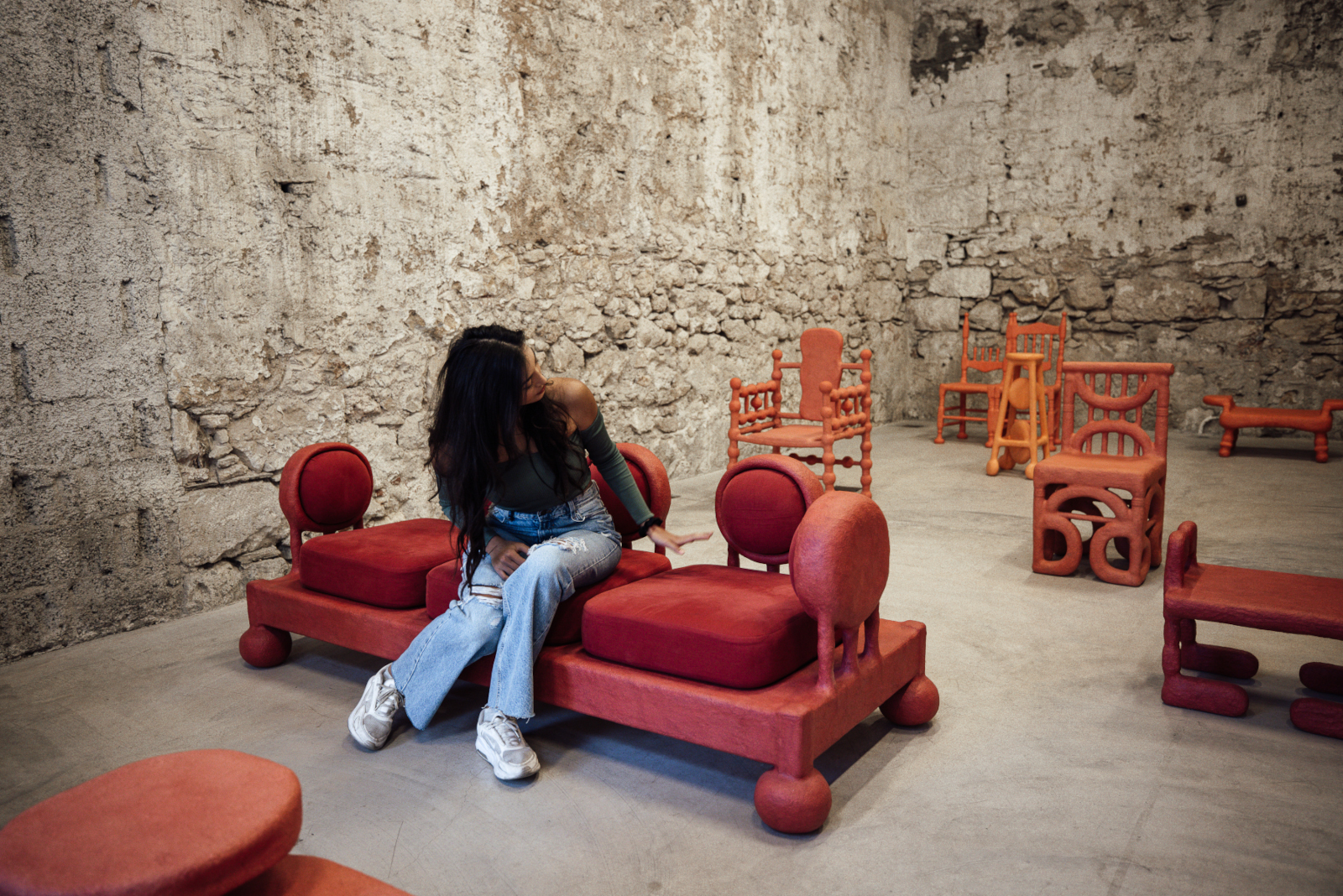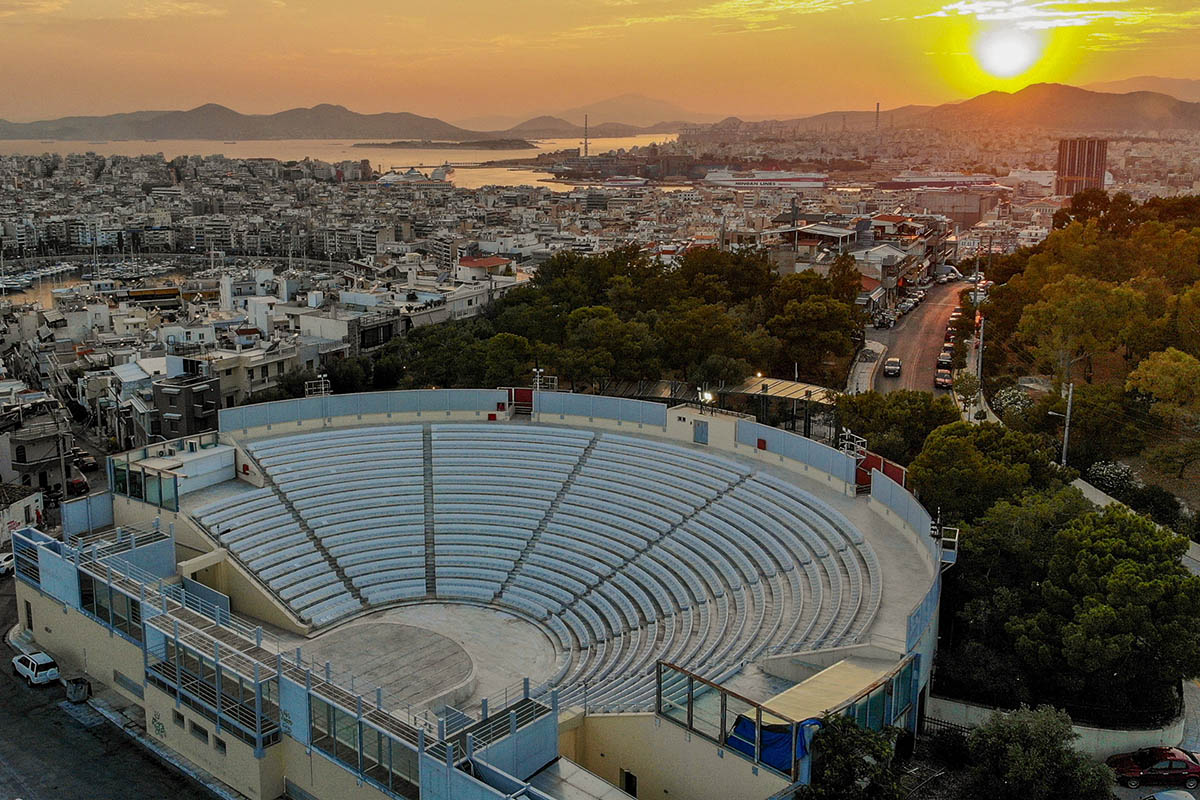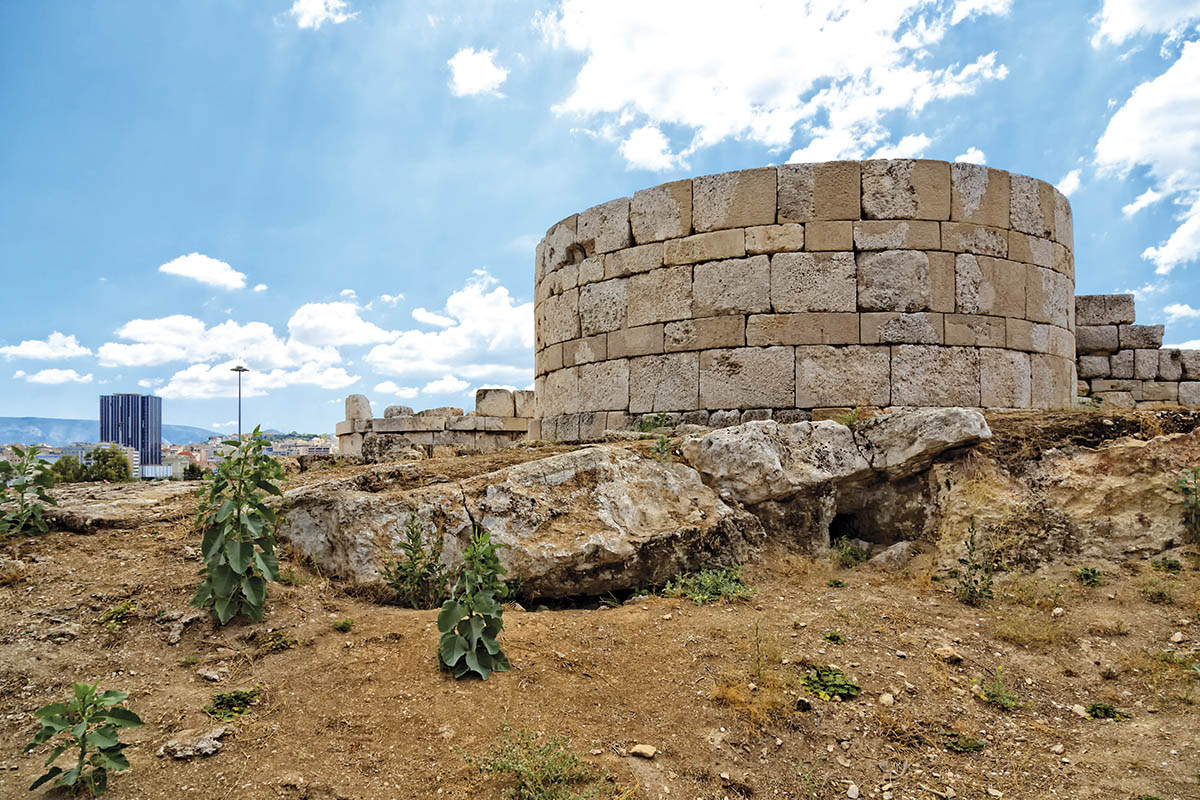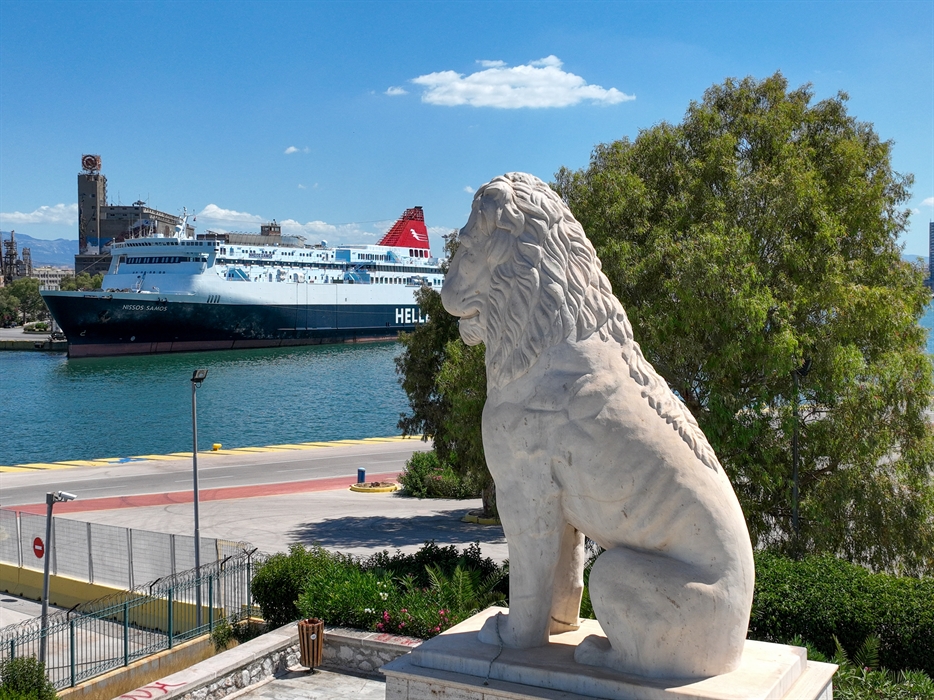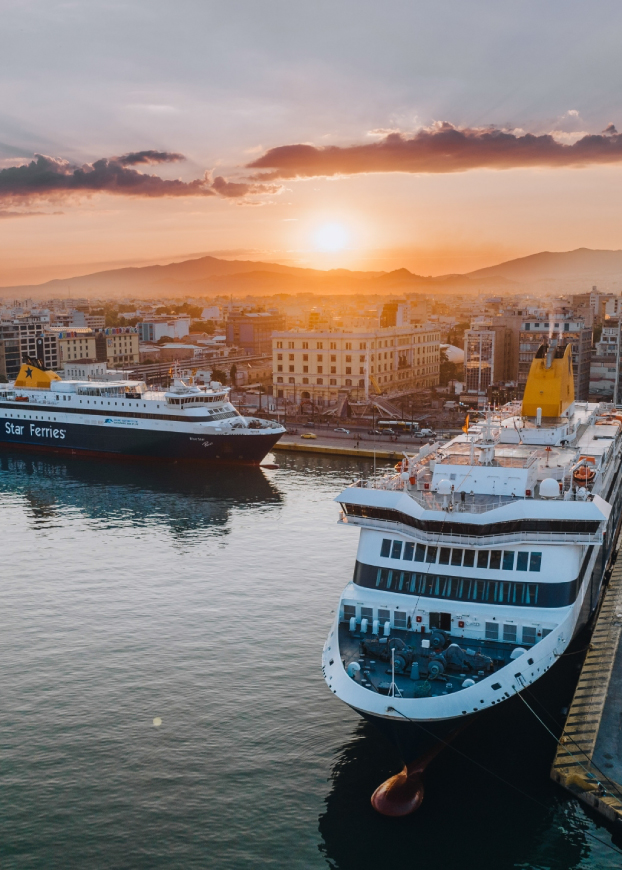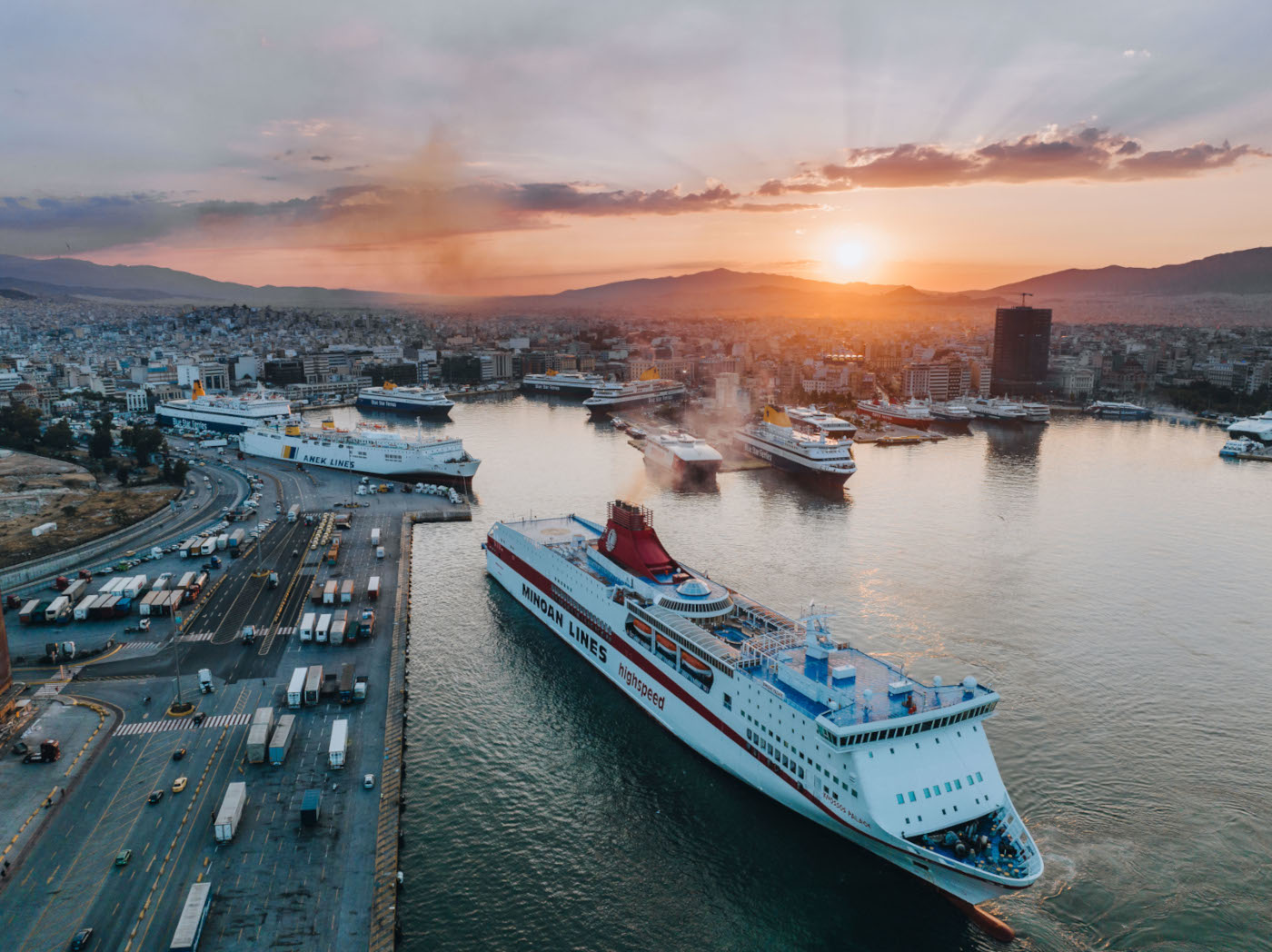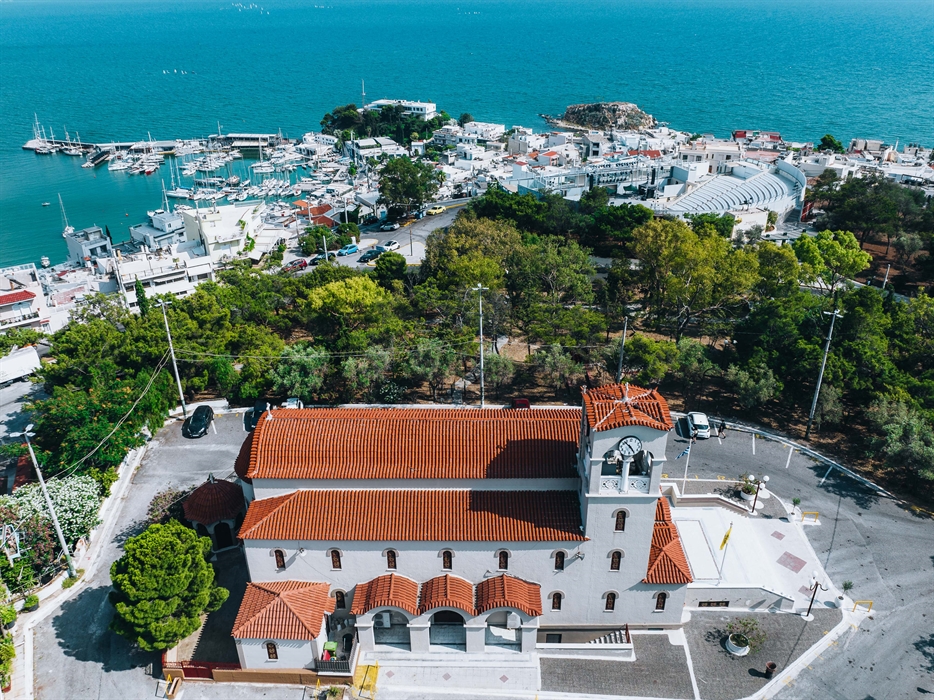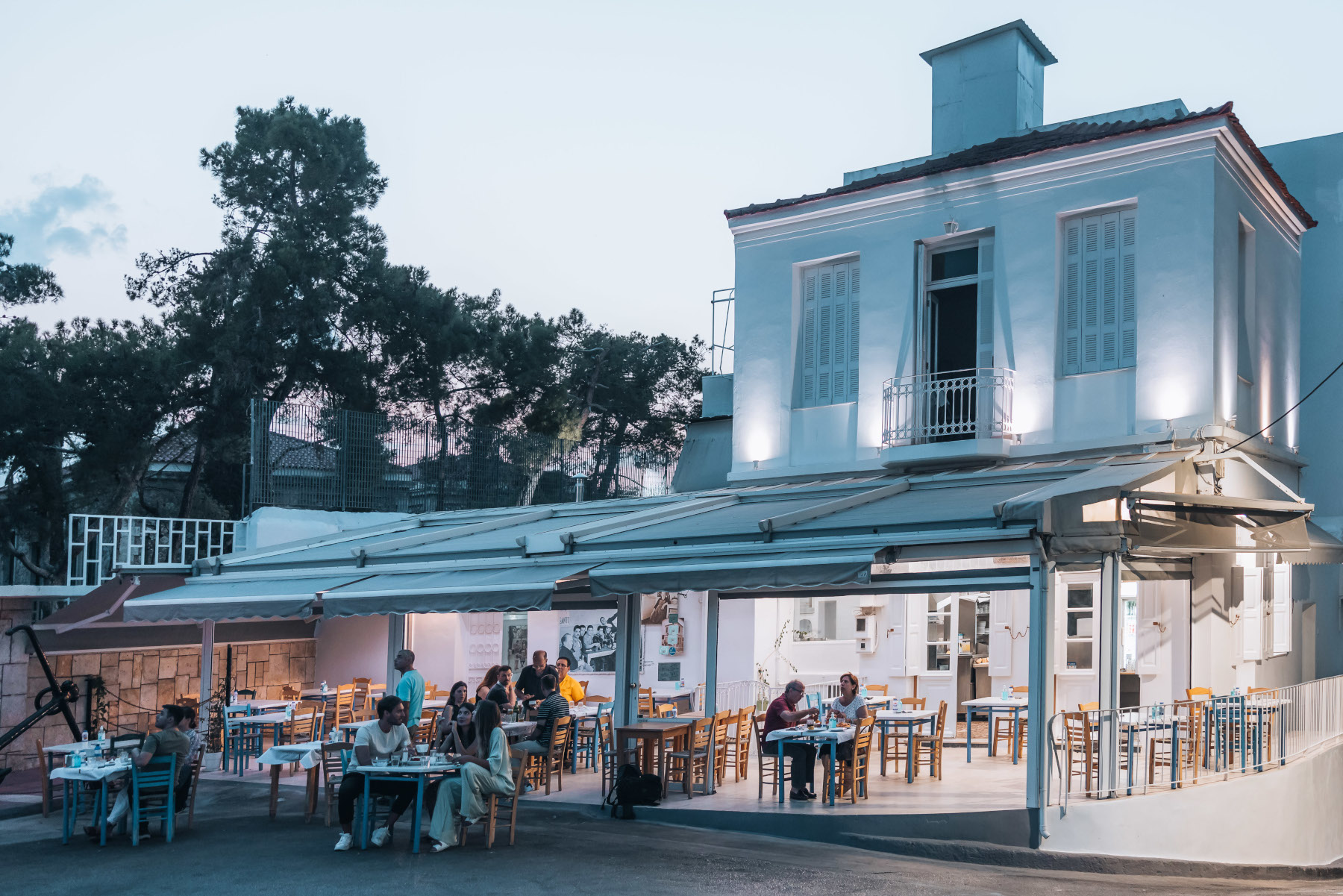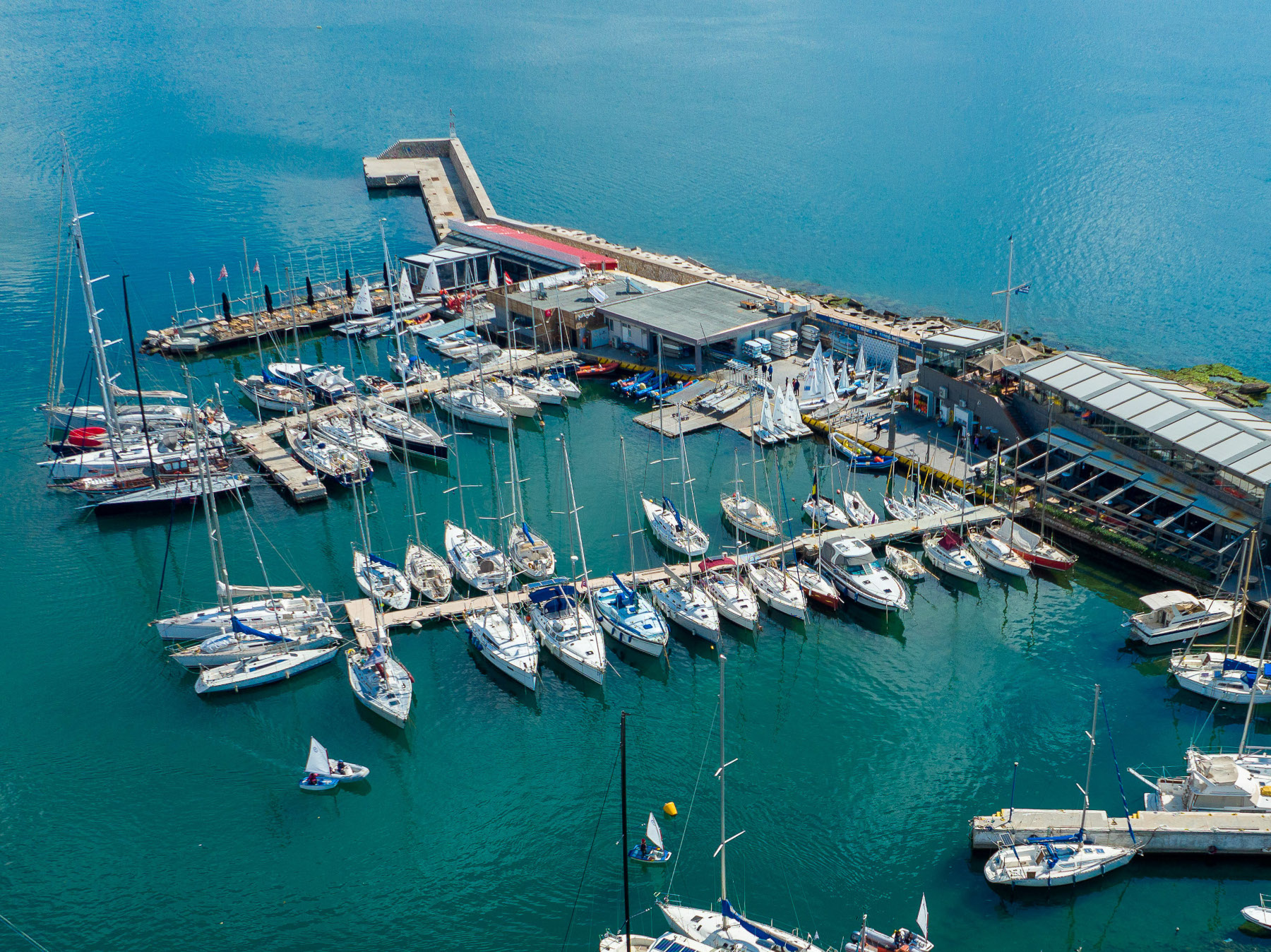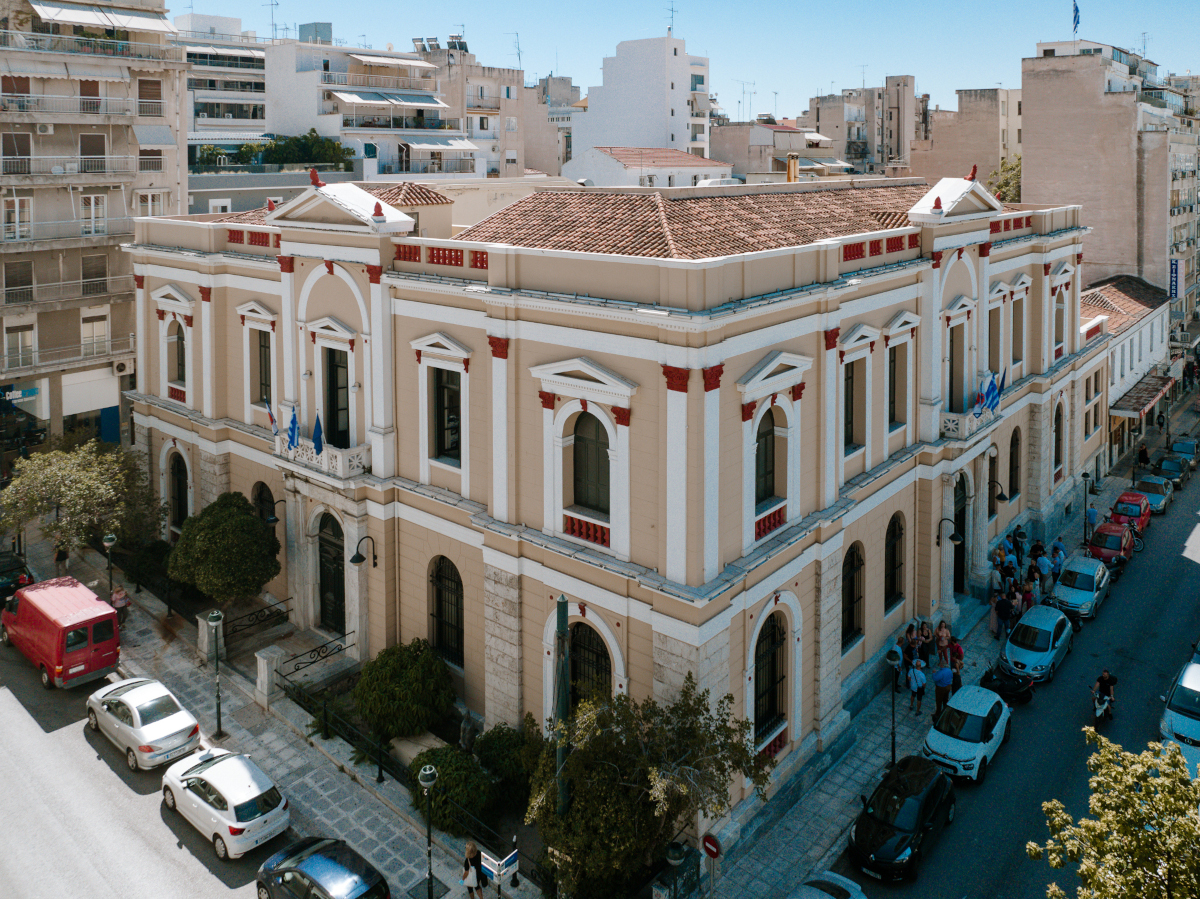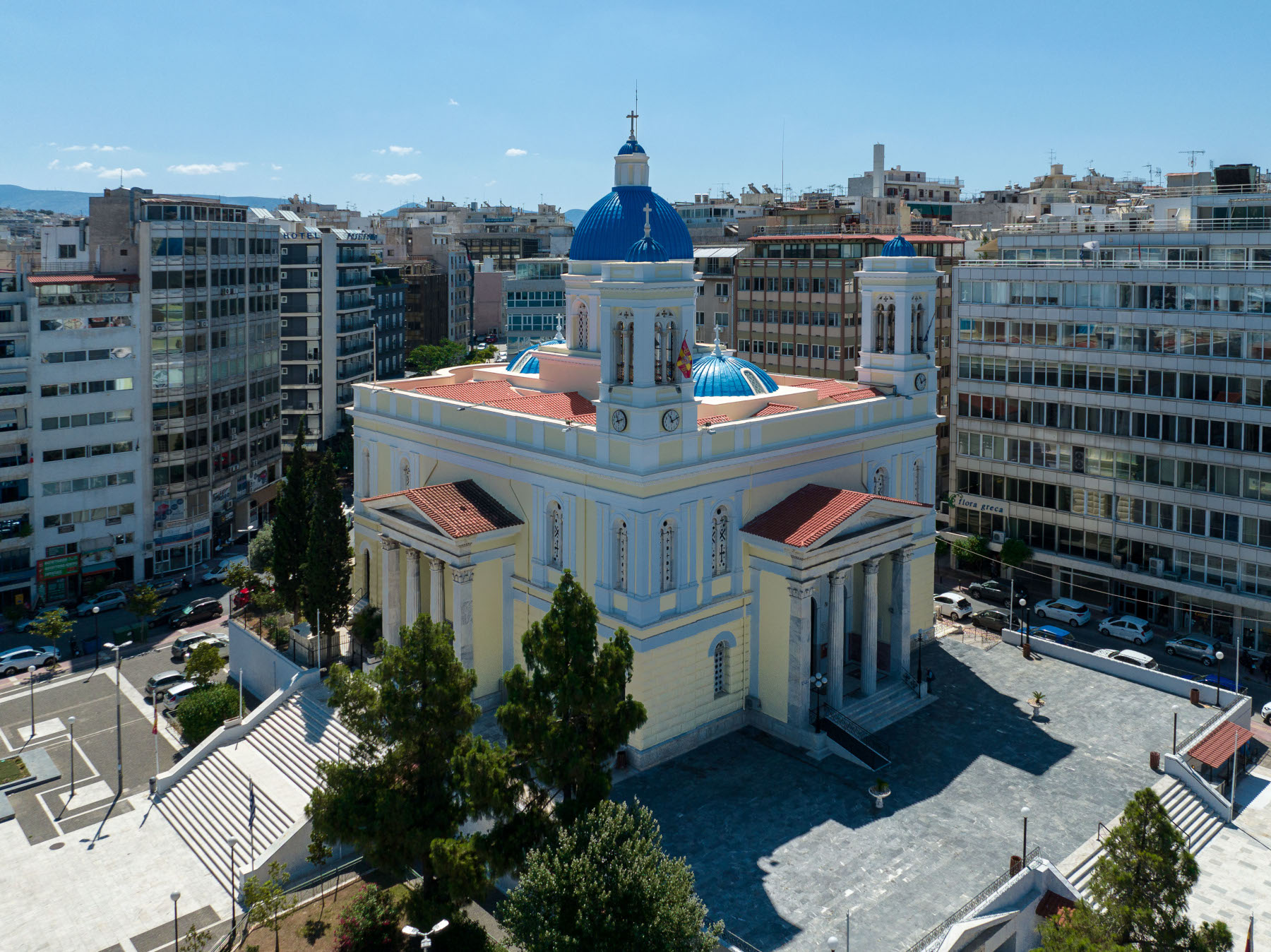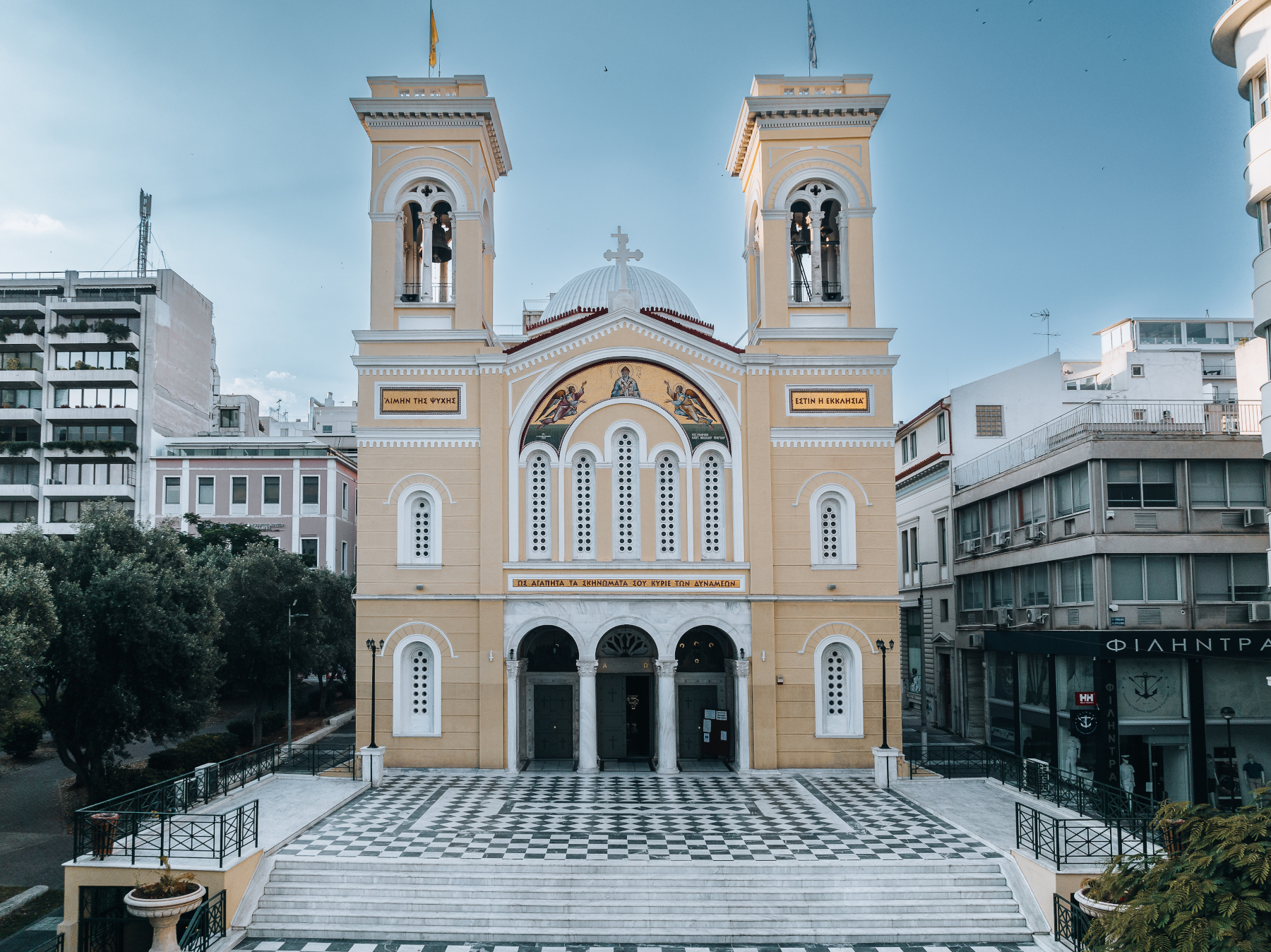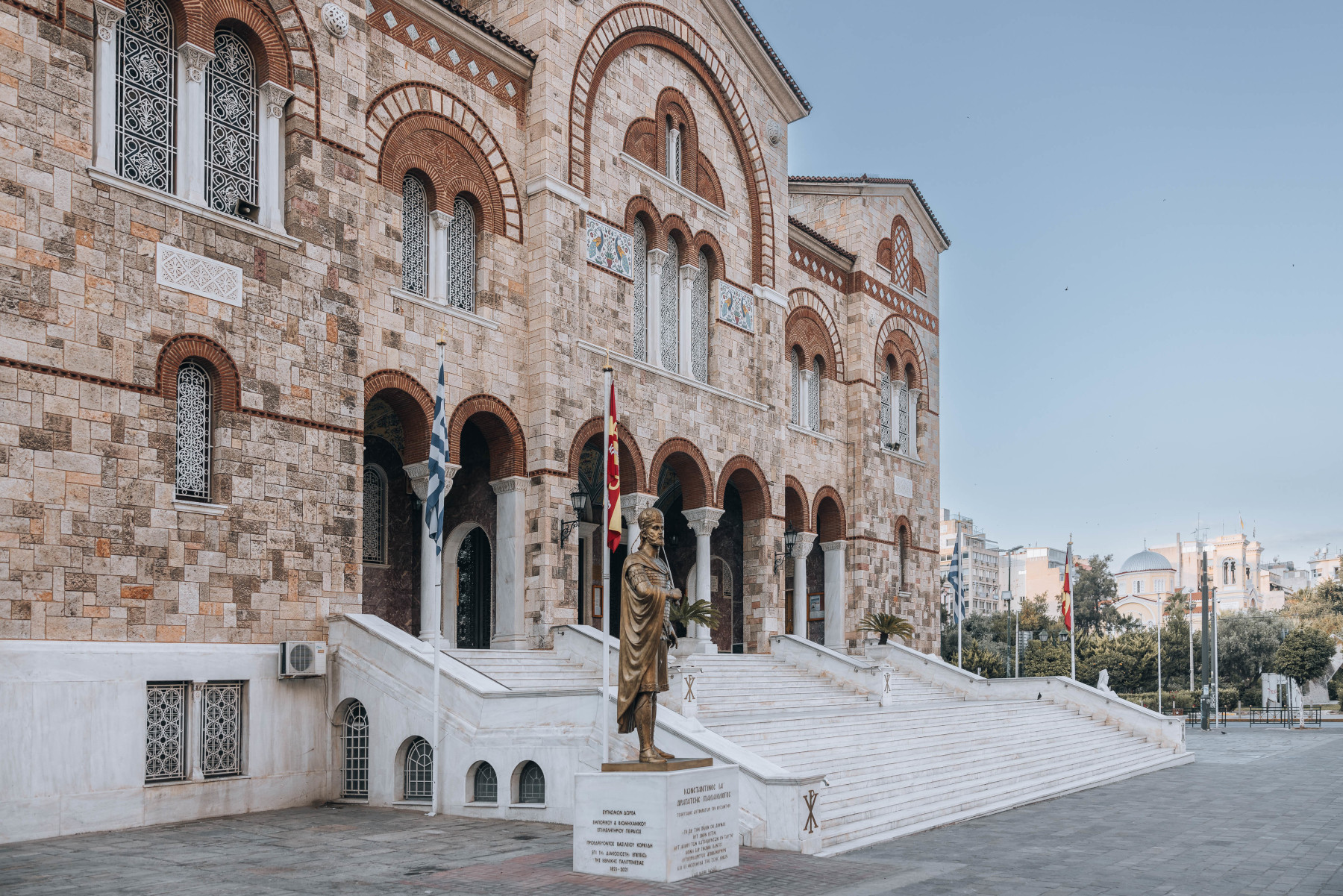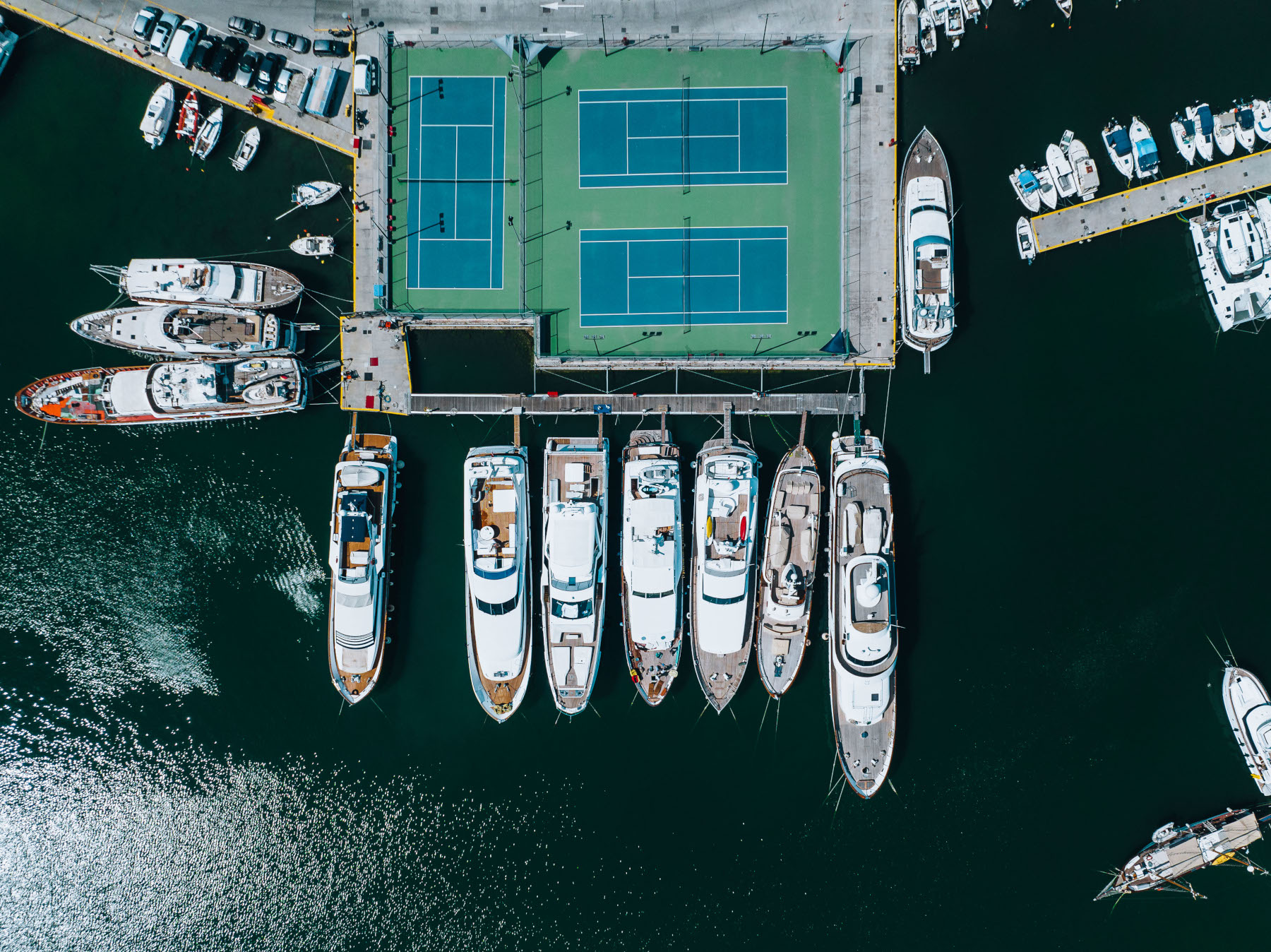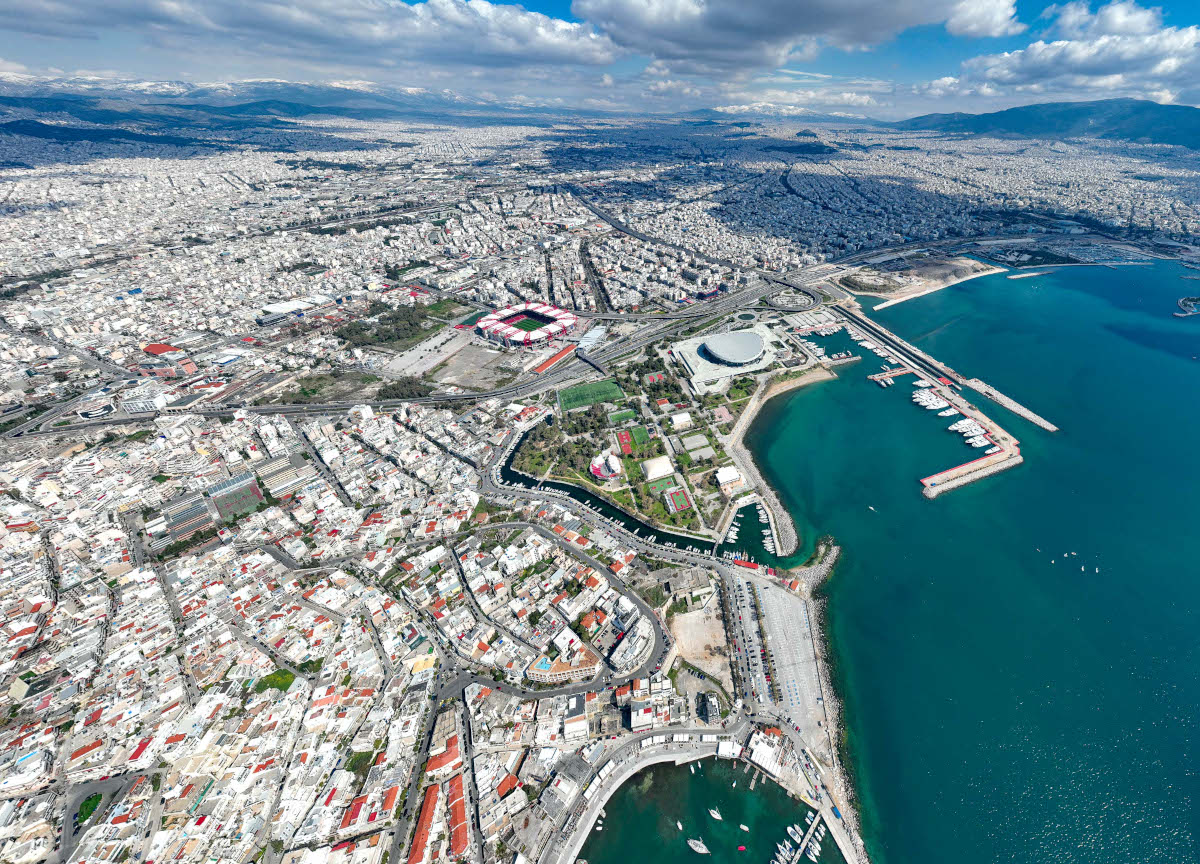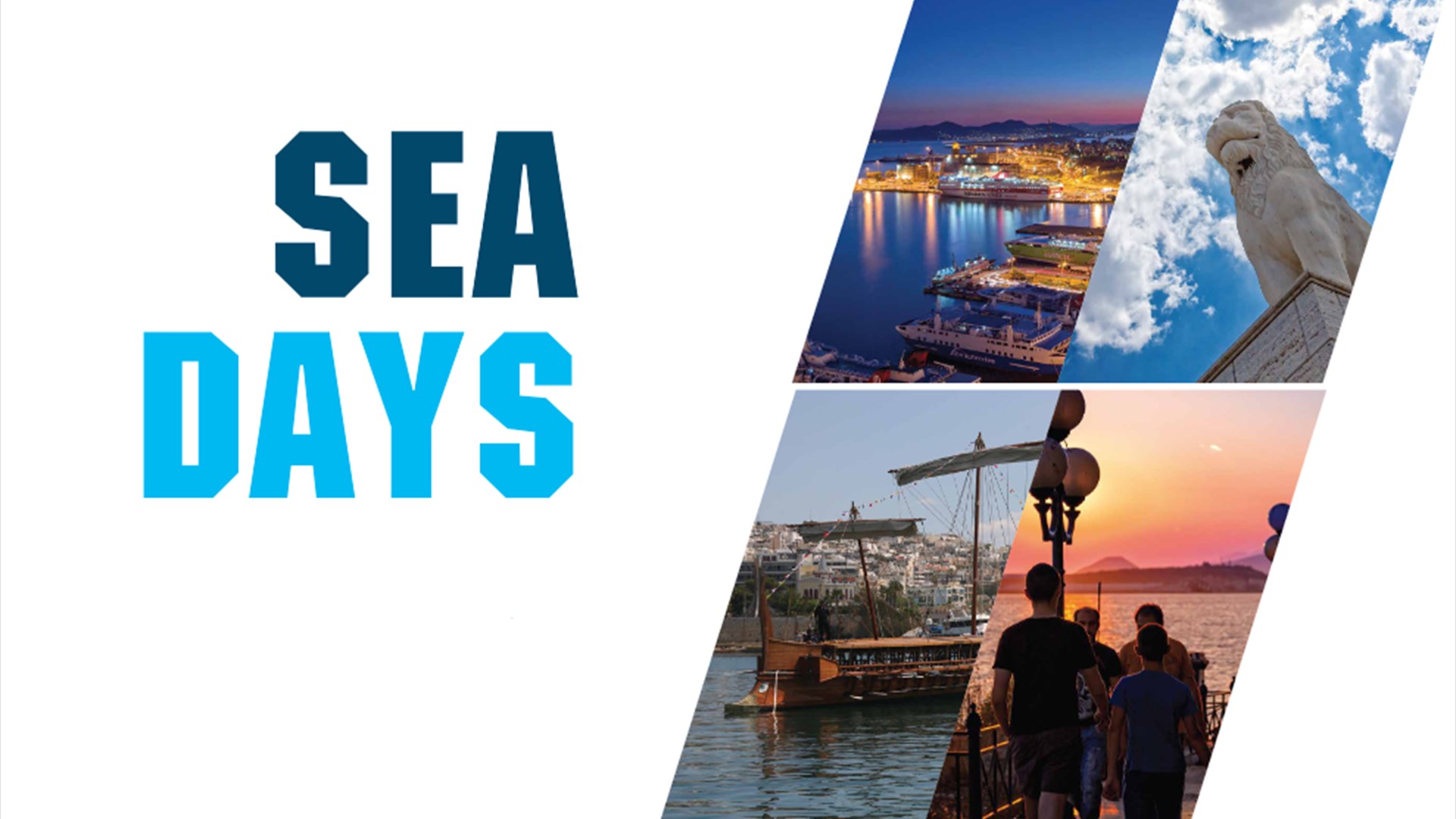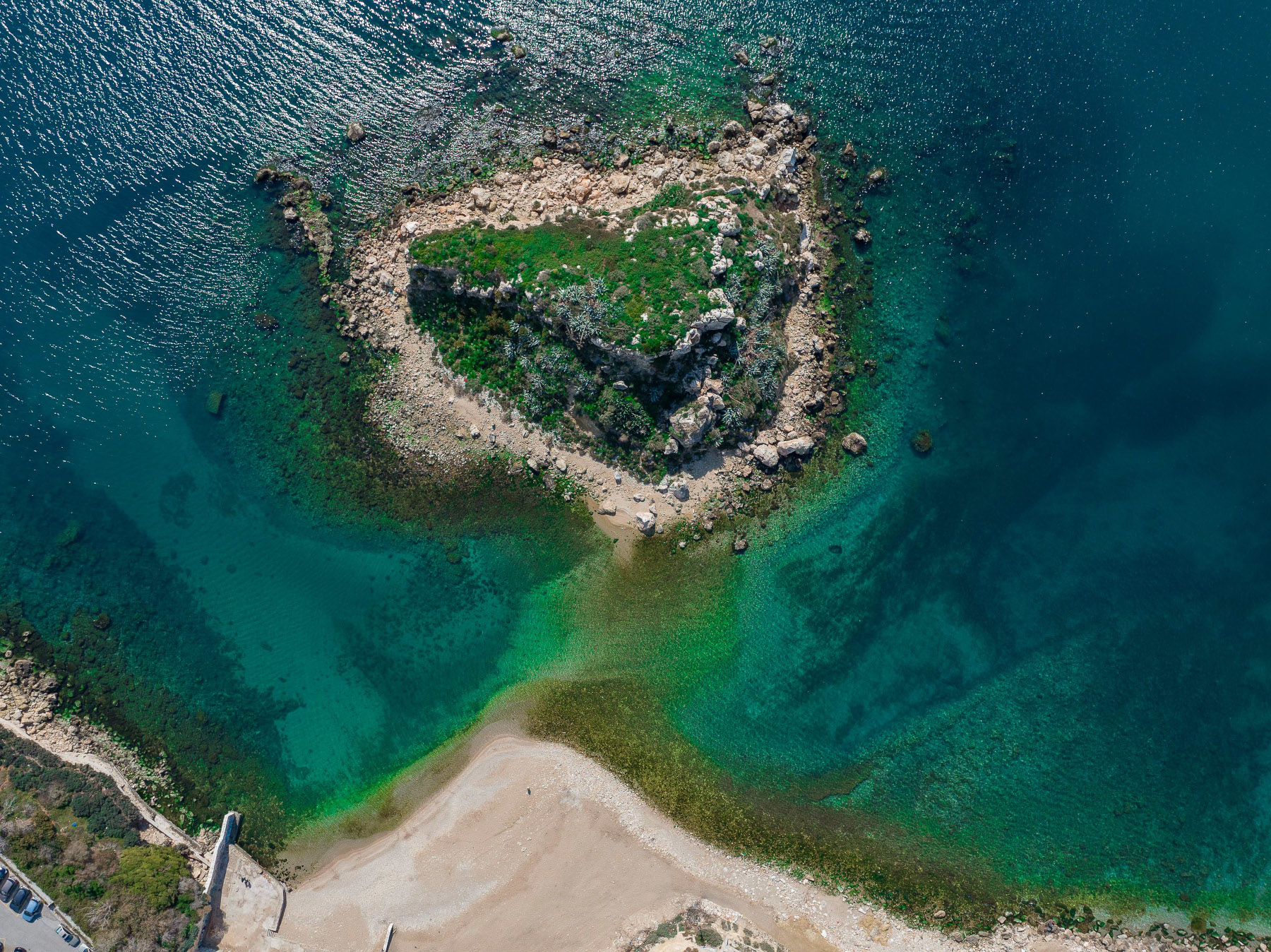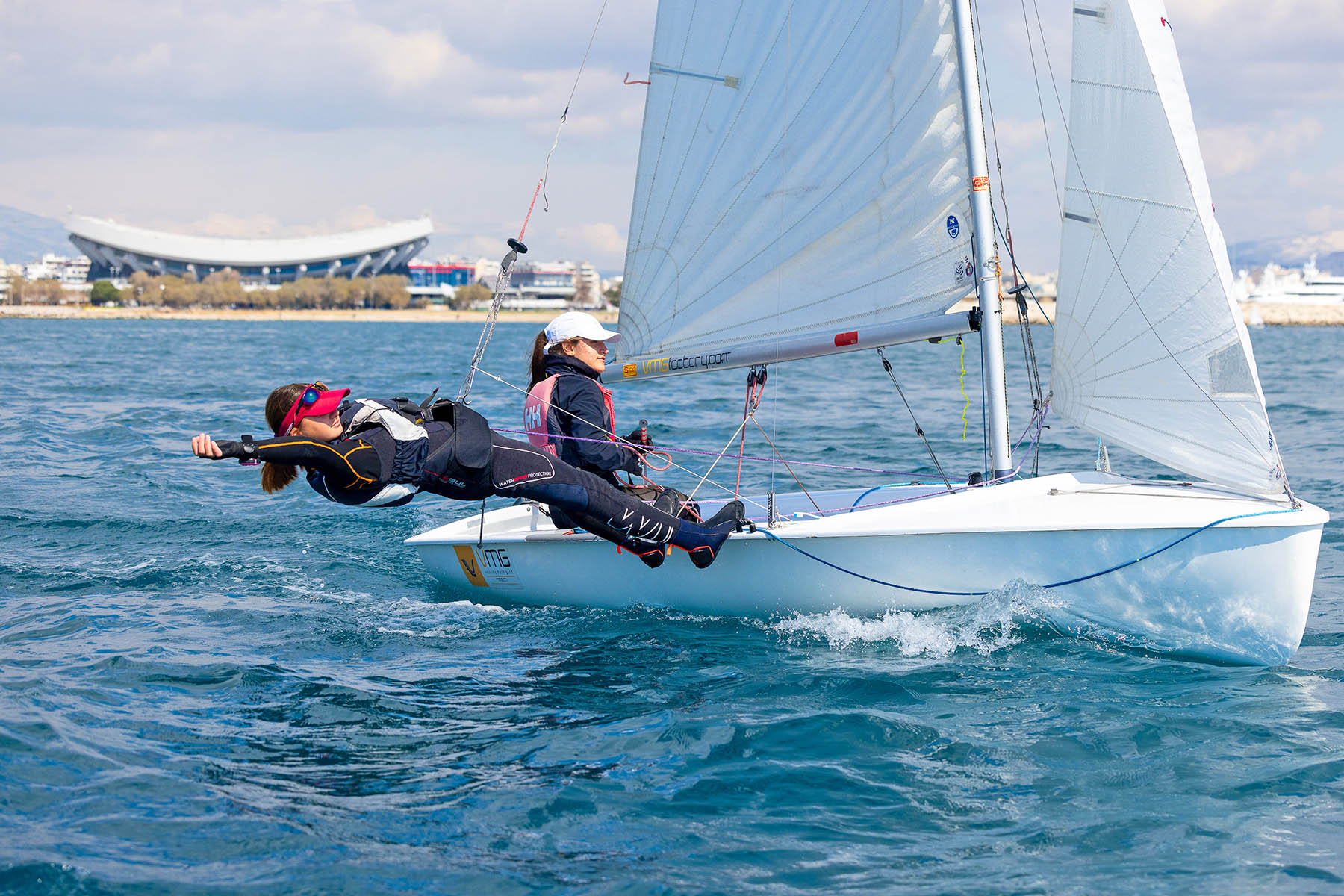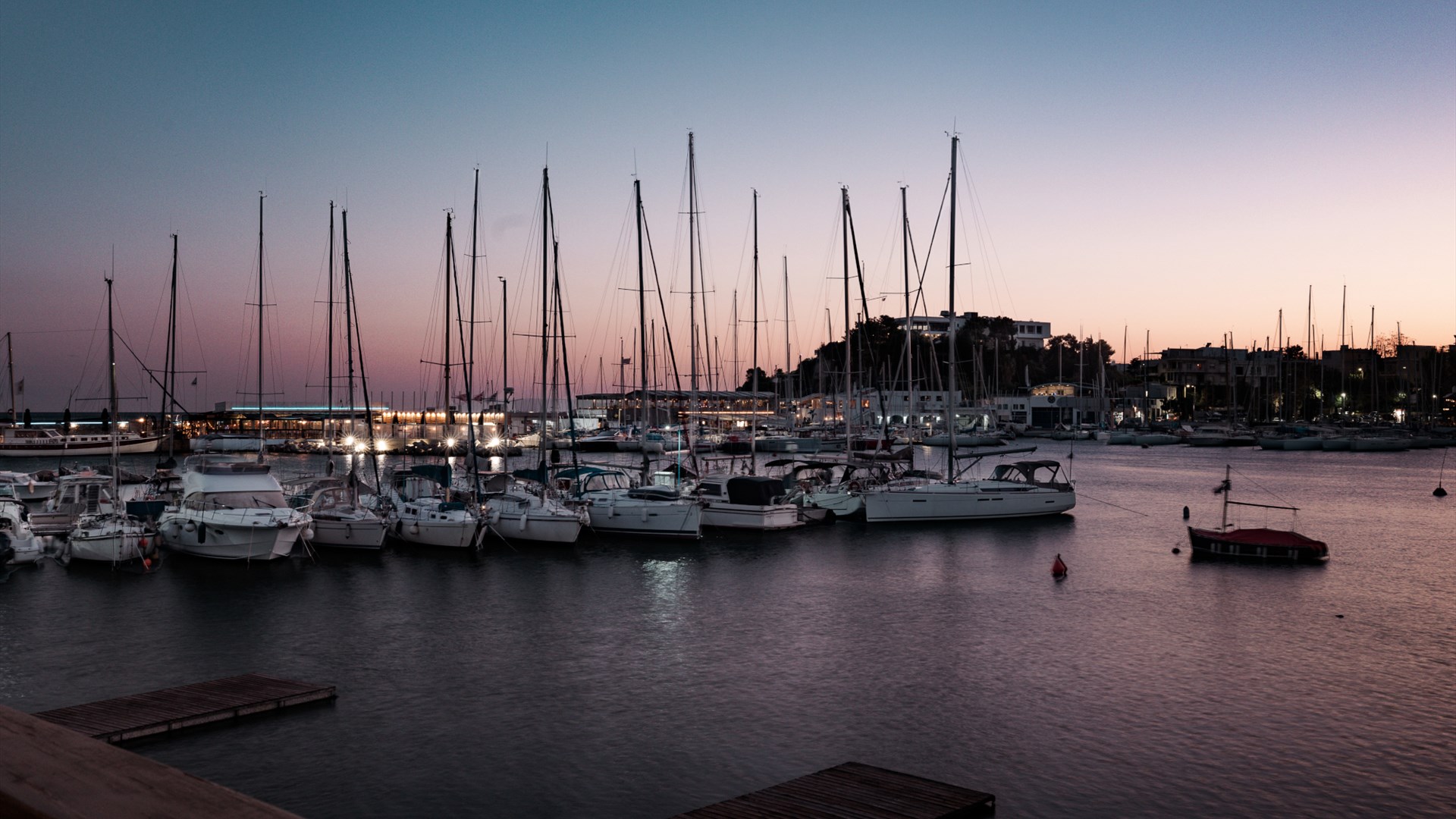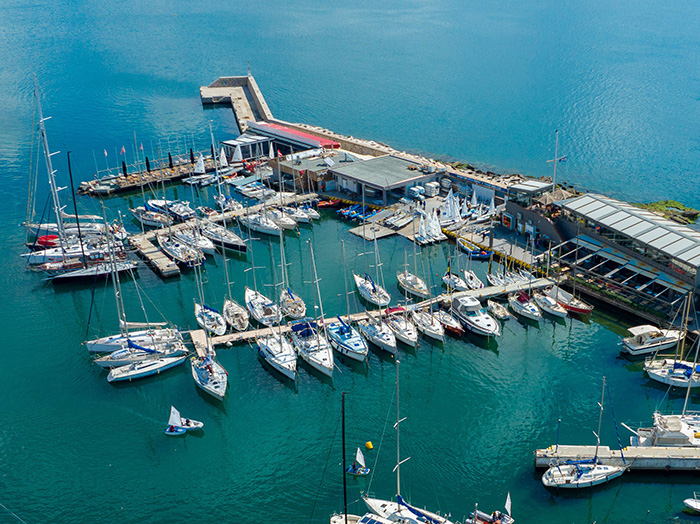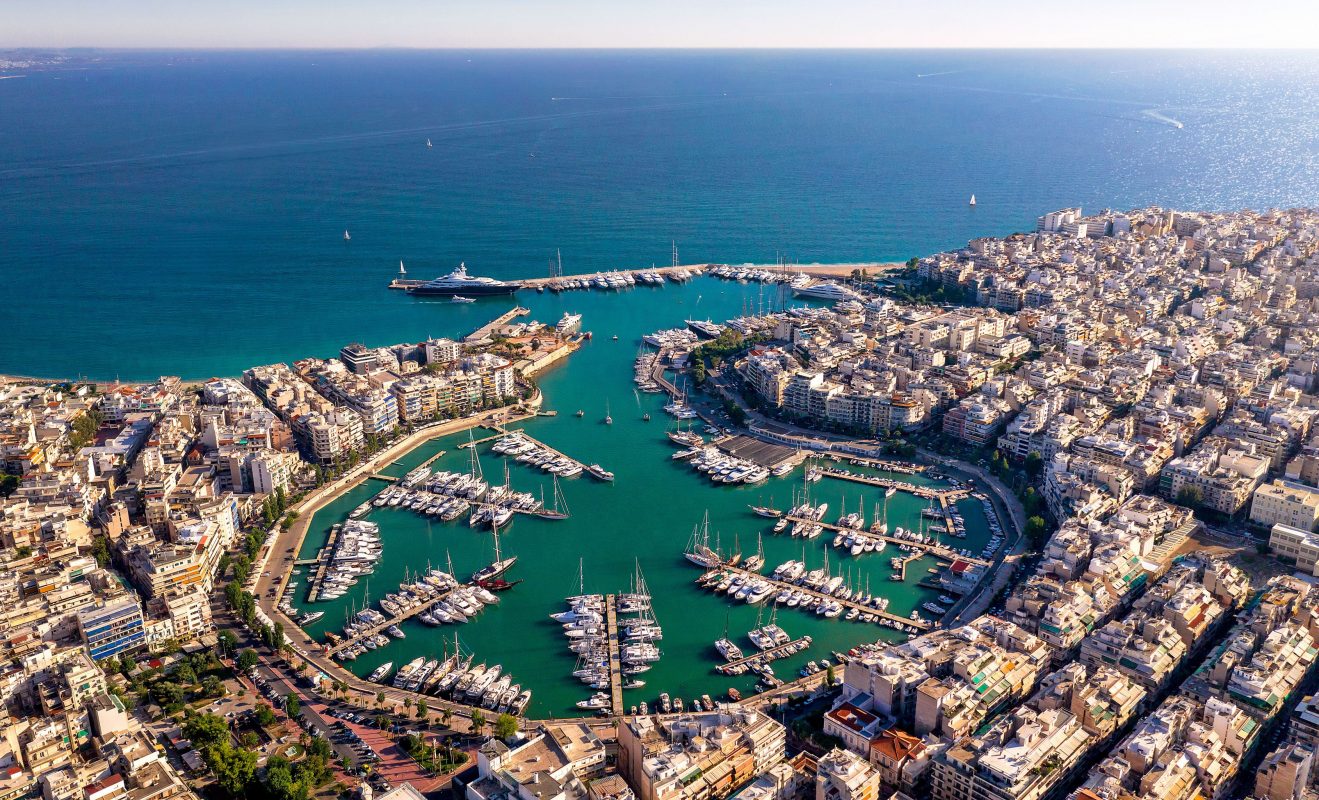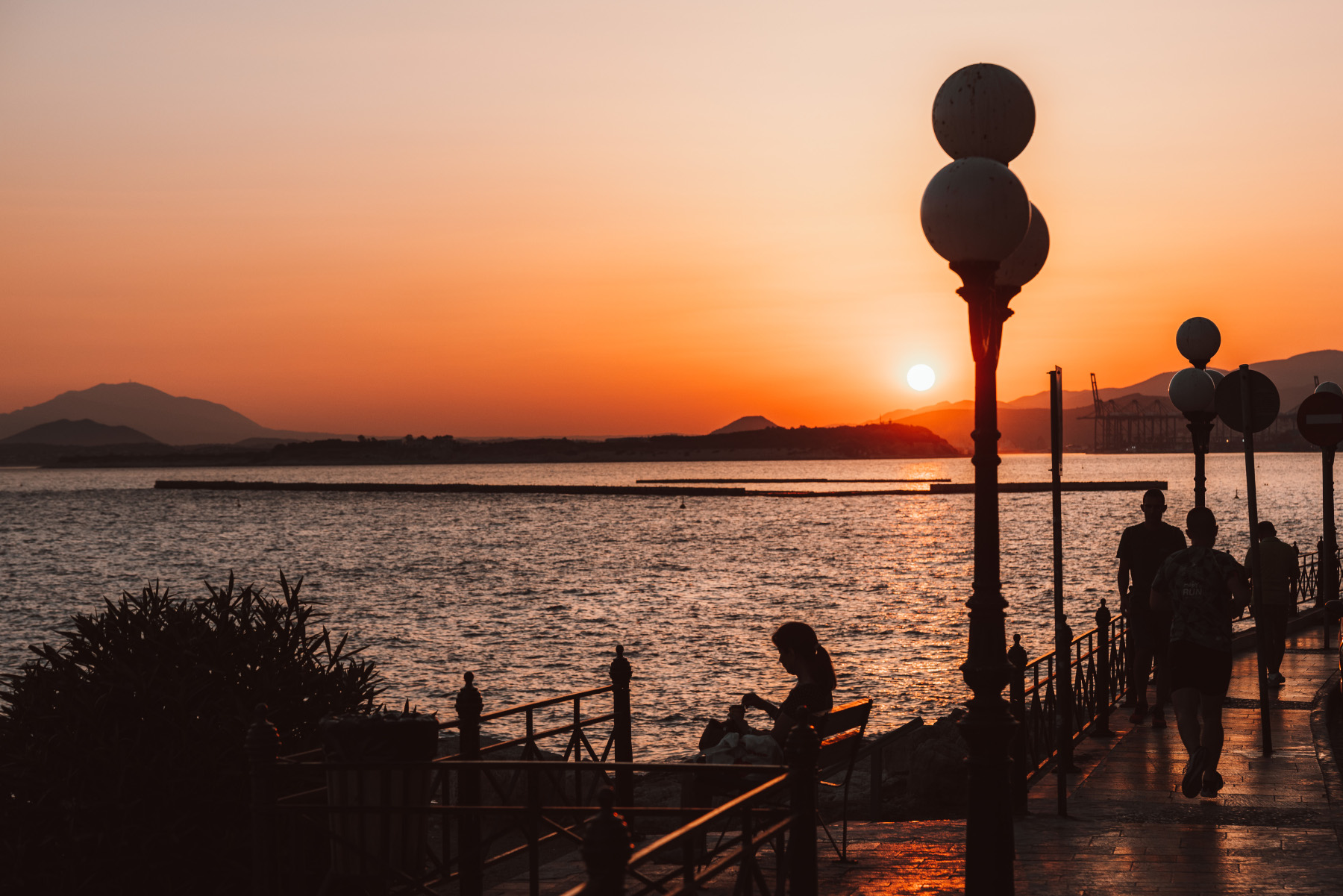The Galleries: An exciting cultural destination
The areas near the harbour and Kondyli Beach began to become an exciting cultural destination. Galleries and multi-places (where original events are organised) are concentrated in the area of Agios Dionysiou and Papastratio - mainly in the streets of Polydeykous, Kastoros, Messolonghios, Gravia.
It is not only the exhibitions that are remarkable, but also the large high-rise stone buildings (former warehouses or machine shops) where they are housed. Intervention with modern materials is evident, yet the gallerists and their architects respect and honour their past and their industrial architecture.
The inauguration of these spaces brought the former industrial zone into the limelight and caused the admiration of visitors, artists, critics, architects and decorators.
Info
- Seeing the dynamics of the neighbourhood, the Municipality of Piraeus will implement an impressive urban intervention programme, aiming to transform the area of Agios Dionysios into the most modern and friendly part of Piraeus around the port. It includes a series of universal redevelopment measures in twelve streets.
Did you know that:
From "Greek Manchester" to contemporary art
Machine shops, foundries, steelworks/ironworks, foundries, rolling mills and other factories and industries became the mainstays of the longevity of the ships of the growing port of Piraeus and the Athens-Piraeus railways. They were located in the so-called factory district. It was defined by Polydykus, Dragatsaniou, Gravias, Papastratou and all the surrounding streets.
After World War II the factory district continued to function, but in the 1980s and 1990s de-industrialization began. As the main port of Piraeus became a purely passenger port, other businesses closed and others relocated. What remained were a few small industrial and mainly craft units, a few machine shops and warehouses. Thus, those who then strolled the streets above the coast of Kondyli, from Agios Dionysios to Retsina Street, discovered only remnants of the city's once glorious industrial past: Ruined stone buildings in rows, with pitched roofs and iron doors, covered with ivy and graffiti...
But things have changed. And Piraeus in turn follows the examples of other de-industrialized regions in the world that are reliving with a completely different "face" in our century. Like New York's SoHo, Edinburgh's Leith, the de-industrialized area of Bilbao where the Guggenheim was erected, London's Docklands, the Halles of Paris.
Entertainment, commerce and culture now go hand in hand.

If you come at night, the closed old warehouses, huddled together, silent, evocative under the light of the old lanterns, will transform before your eyes into a unique cinematic setting that looks like something out of a Scorsese film.








